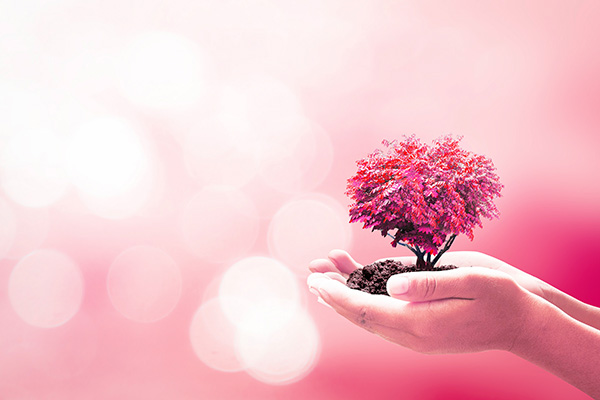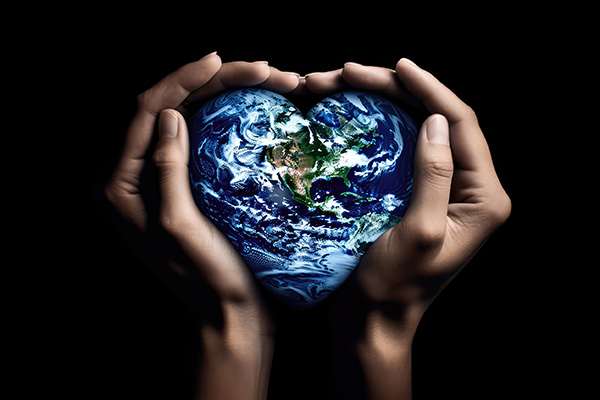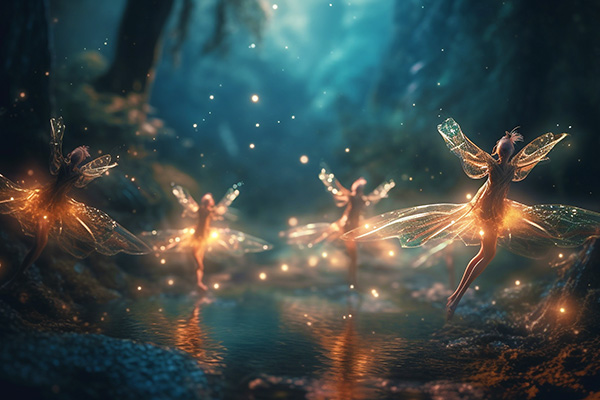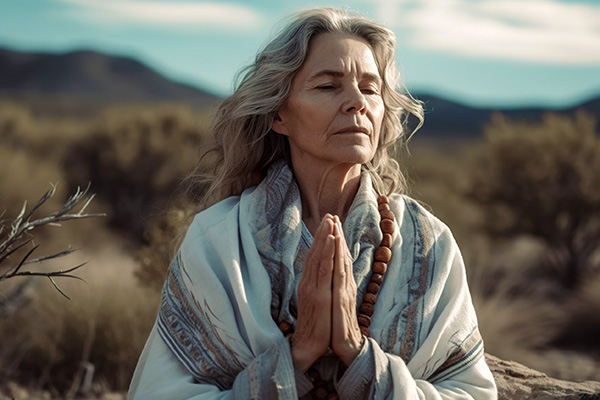spiritual teachings
The Secret To Manifesting An Abundant Life
 Many questions I am asked in psychic readings have to do with why someone’s life has not changed to what they want it to be.
Many questions I am asked in psychic readings have to do with why someone’s life has not changed to what they want it to be.
Some people feel they have religiously applied the teachings of Abraham-Hicks, or they closely followed the guidelines of the book The Secret by Rhonda Byrnes, or one of the many other popular methods for manifesting through the Law of Attraction, but nothing has changed.
And when I ask these people what they have changed in their inner being or subconscious mind to allow the new to come in, often I receive the response, “Oh, I have already done all that!”
However, had the person ‘done all that’ they would be manifesting their intentions. But they are not.
Some steps on the way to manifesting a better life may seem redundant – especially the detail work, the forgiveness and releasing, and the simply believing that it can come… and not specifically in the way that the person has set out in their mind.
Too often the person that is trying to get ahead in life, however, always struggles with money, or has it in their mind that they have to work 80 hours a week instead of 35 to get what they are seeking. That is not allowing, that is trying to make it happen in their way. And yet the answers are so much simpler.
As I look at love, finances, work, material items, health, I see the world is in a state of turmoil for the most part. I see bad things happening to good people, and those good people simply giving up hope. And then I see the ones that are constantly growing and getting further ahead without much effort.
Heal Your Life With The Great Law
 Do you have a lot of recurring drama in your life and the same negative situations repeating again and again? Do you keep attracting the same kind of toxic people and energy thieves into your life?
Do you have a lot of recurring drama in your life and the same negative situations repeating again and again? Do you keep attracting the same kind of toxic people and energy thieves into your life?
If so, you may benefit from learning more about the laws of karma and how to apply them in your everyday life, as these universal laws can transform your life for the better if we honor them in our spiritual practice and daily life.
Hindu and Buddhist spirituality recognizes 12 Laws of Karma. The first and most important of these is The Great Law, also known as the Law of Cause and Effect. This fundamental karmic law has helped me a lot to uncomplicate my own life since my spiritual awakening.
The Great Law teaches that whatever we sow, we shall reap. Every cause has an effect. Whatever put out into the world will eventually come back to us. Even the good and bad things we wish upon others will return to bless, or curse us.
Once we understand the role of The Great Law in our life, we become more aware of how we can eliminate negative patterns in our life and begin to attract more positive, new things.
The energy we emanate each day in the form of thoughts, wishes, fears, desires, attitudes, and beliefs will determine what will return to us as manifested experiences, events and circumstances.
Intention is everything in karmic law. For example, you start dating someone, but you live in fear of that person leaving you, or betraying you, so you are emanating an energy frequency of fear. In the end, it is very likely that you will lose that person. Fear attracts fear, love attracts love, and gratitude attracts gratitude. It’s that simple.
Spiritual Awakening ‘Turns On The Light’
 What exactly is a spiritual awakening, and is there a way you can tell if you are having one? Here are some ways to be aware of what is happening to you.
What exactly is a spiritual awakening, and is there a way you can tell if you are having one? Here are some ways to be aware of what is happening to you.
The first sign is usually when you are no longer living in a ‘dream world,’ where you used to see everything through your human ego and you were overly focused on the future and your past.
This is a clear sign that you are becoming more spiritually aware. You have a greater awareness of your individual self and the connection between that and everything else. Things start to come into better focus in your life and make more sense.
When you closely examine various religions and faith traditions, there is usually a common thread that describes this state of heightened awareness as nirvana, enlightenment, or awakening.
This new consciousness happens when you stop being the observer, and instead ask yourself, who is observing?
Many people go through life on ‘autopilot,’ because that is what they were taught, or they simply fell into a routine without giving much thought to who they really are, or what they truly need or desire to make their life meaningful.
Asking such questions about yourself is important for your personal growth and self-realization. It is ‘turning the light on’ so to speak. The first step in growth is always the awareness of the present moment followed by an impulse to change something. Continue reading
Maybe This Is How We Mend Our World
 I have certainly been trespassed against over the years, as I suspect you may have too: maligned, misunderstood, abused, betrayed. Many of us have been hurt and wounded.
I have certainly been trespassed against over the years, as I suspect you may have too: maligned, misunderstood, abused, betrayed. Many of us have been hurt and wounded.
For many of us lifetimes of pain also seem to rise to the surface now, as if this era has come to collect on both the debts and the blessings.
Some of my wounds in this lifetime occurred at a young and tender age, when there seemed to be no healing granted; when the best I could do then was retreat and lick my wounds alone. There was no wise elder at my side, no sacred ceremony to mark the grief, no balm from the spirit realms. Just the aching silence of pain, and the quiet hope that one day, perhaps, I would understand why.
Since that time so long ago, I have also seen much vindication. This ability to witness what I have called “the coming around of the going around,” hasn’t been only in seeing karmic issues resolved for little slights, but for big wounds as well.
I’ve watched as Spirit, with its own perfect timing, allowed clarity and closure to emerge…sometimes years later, sometimes through unexpected channels. There is a strange and sacred justice to the Universe that rarely moves on our schedule, but always, always moves.
Justice. Yes, always in the end. But what of forgiveness?
It all shifted for me when I came to know the ‘big picture’ in the powerful prayer, “forgive us our trespasses, as we forgive those that trespass against us.” These words are not just religious rote, but an energetic key to spiritual evolution. Continue reading
Be The Light That Darkness Cannot Touch
 The nightmare continues every day. The very thing we fear the most has come to look us right in the face, staring in our eyes. This little imp taps us on the shoulder, reminding us of all the stupid things we did, all the hurtful things, how we messed up, time after time.
The nightmare continues every day. The very thing we fear the most has come to look us right in the face, staring in our eyes. This little imp taps us on the shoulder, reminding us of all the stupid things we did, all the hurtful things, how we messed up, time after time.
We messed up time again, no one agrees with us, we are reminded that “they” are so much smarter, did things exactly right every time.
We are at a turning point. We can give up, turn, run for the hills to hide, but still there is the demon of fear lingering around the deep recesses of our mind.
Surely this little devil of fear tells us we can see how we don’t deserve to reach our dreams, or accomplish our goals.
Stand back! Truly look at everything from all sides. Become like an eagle, or an owl, or a hawk, with eyes that see far beyond the surface where the heart lies.
Try to be kind and loving. Put your mind in the thoughts of being kind, being positive, no matter how much doing so lays open our heart for others to stomp on, even though many others will think you have lost your mind.
When we try with all our hearts to do something toward our dream, with love, with pure knowledge, we are listening to spirit. Then we gain strength, we gain courage, we pass over the top of the highest mountain to reach the other side. Let this outlook enlighten your heart, mind and soul toward a new attitude, for a new beginning.
The Timeless Magic Of Nature Spirits And Elementals
 As a youngster growing up in the UK, I loved visiting a neighbor, Mrs. O’Leary, whose lilting Irish voice still echoes in my mind. She spoke often of the “Good People” and acknowledged their presence in her home and garden. I recall her taking us outside to witness her making small offerings to these unseen little mystical beings.
As a youngster growing up in the UK, I loved visiting a neighbor, Mrs. O’Leary, whose lilting Irish voice still echoes in my mind. She spoke often of the “Good People” and acknowledged their presence in her home and garden. I recall her taking us outside to witness her making small offerings to these unseen little mystical beings.
Though it feels like a distant memory now, I can still recall seeing them, too. Perhaps they appeared to us because we truly believed, or perhaps because Mrs. O’Leary invited them to show themselves.
Whatever the reason, those moments left a lasting impression. To me, it felt like truly being “in my element,” fully connected to the hidden, magical forces of nature.
I vaguely recall a magical moment in Mrs. O’Leary’s garden when she pointed out to me a tiny, translucent little figure perched on a large moss-covered rock at the base of her prized old hawthorn tree. With delight, she described how this “little person” was waving at us and encouraged me to wave back. Standing there with awe and intrigue, I became aware of what seemed like hundreds of luminous sprites dancing in the glistening water below.
Despite all the cynicism of a technologically driven world, increasingly devoid of the many miracles and wonders of nature and the unseen realms, Mrs. O’Leary and the spirits of nature still remind me of the healing, transformative power that lies in reverence, stillness, and everyday magic.
